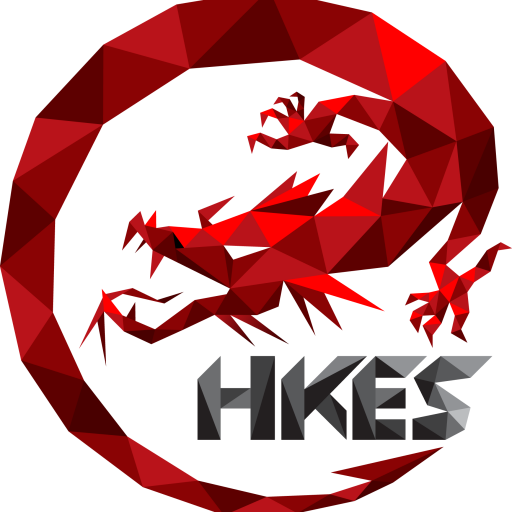【HKES人事異動】
Rogue CS:GO manager on the current competitive scene: ‘It’s not very healthy’
2017年3月16日
Esports Asia News

[hkes_show_google_ad] If you think competitive Counter-Strike is in an ideal spot right now, you’ve got no scope on the current CS:GO scene, according to Hampus “Shaabi” Johansson. When the health of the competitive scene came up, Johansson made his thoughts clear. “Right now it’s way too many events,” he said. “There should be one main league and then there should be other events around it.” Johansson said ideally CS:GO should have a single global league, with online stages for different regions, a mid-season invitational, a split and a “big final” event, in the League of Legends style. But league logistics aren’t the only challenge facing the competitive scene right now, said Johansson. There’s also the increasing price tag associated with fielding a tier one team. “If you knew the salaries, they’re up in the 20s. Up in 20k a player [per month],” said Johansson. “People are getting big, big investment money and that of course is going to inflate the price of a player,” he told theScore esports Podcast. “I’m a big player advocate, I love that the salaries are getting bigger and bigger, however the pace that they’ve been racing on might not be too healthy in terms of the business perspective for orgs.” So how does an org without big money investment compete? “You don’t,” he said. “I don’t think it’s sustainable for an org without investor money, which is going to try and pay $25,000 per player, [per month] is going to have a rough time, no matter who it is,” he told theScore esports Podcast. “In terms of that aspect, it’s not very healthy.” But while the current CS:GO competitive scene isn’t perfect, it’s come a long way, said Johansson. Rogue treats CS:GO like a job. The team punches in for practice around 11 a.m. and has “a normal eight hour day,” he said. “Then we have the night, or the afternoon, whatever, off, so we can go hang out with girlfriends, family. We can do fun stuff while playing playing the game, which wasn’t the case two years ago or a year ago.” Set schedules and healthy routines are an important step for top-level teams to take, Johansson said. “Let’s say you’re travelling for three weeks out of four in a month. “You’re going to spending so much time with these five or six different individuals that you have in the team, so that’s also something that creates drama within the team, no matter who it is,” Johansson said. “If you’re best friends for five years, you’re still going to have drama.” [hkes_show_google_ad]
Tags :
example, category, and, terms
Share This :
Recent Post
有任何问题吗?
歡迎熱愛電子競技的您,加入我們的大家庭。

